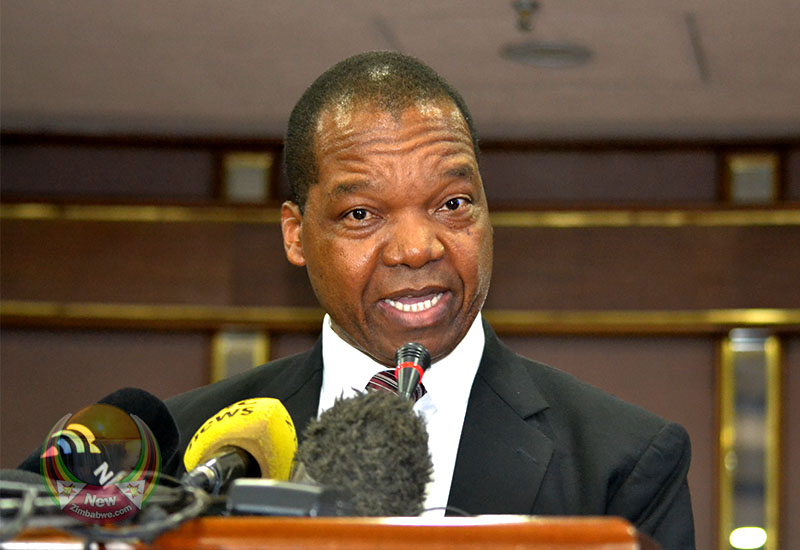Export earnings from the mining sector and Diaspora remittances have largely provided the lifeblood to the foreign currency auction system since its launch on June 23 this year, according to Reserve Bank of Zimbabwe (RBZ) Governor Dr John Mangudya.
The coronavirus pandemic has directly and indirectly taken a heavy toll on most local sectors owing to disruptions to local and global supply chains.
A recent survey conducted by the Zimbabwe National Chamber of Commerce (ZNCC) revealed that the fallout of the global health crisis resulted in declining production and subdued exports, which affected local foreign currency generation.
But, as the country has progressively opened up, exports, buoyed by the mining sector, have grown by 12,7 percent to US$4,8 billion in the first nine months of the year compared to the same period a year earlier.
Increased foreign currency generation capacity has enabled monetary authorities to sustain the foreign currency auction system, which has stabilised both the exchange rate and prices of basic commodities.
These foreign currency receipts include earnings from minerals exports, loans and diaspora remittances.
Speaking at the launch of this year’s Chamber of Mines of Zimbabwe mining sector survey report, RBZ Governor Dr John Mangudya said the mining sector and Diaspora remittances tempered declining revenues from other sectors.
In particular, the mining sector contributed US$2,4 billion in the nine-month period ending September 30 compared to US$2,1 billion in the same period a year ago.
“You are doing a fantastic job in mining; you give us hope,” said Dr Mangudya.
“Mining grew by 14 percent compared to last year . . . that is a significant increase despite Covid-19, which affected the prices of chrome.
“If you take 30 percent of US$2,4 billion, it is US$800 million that mining is contributing to the foreign currency auction system. The other key driver that increased our foreign currency has been Diaspora remittances.
“Diaspora remittances for this year increased by 45 percent from US$457 million to US$658 million this year.
“So if you add the contribution from mining and remittances, it compensated the decline in agriculture and manufacturing,” he said.






